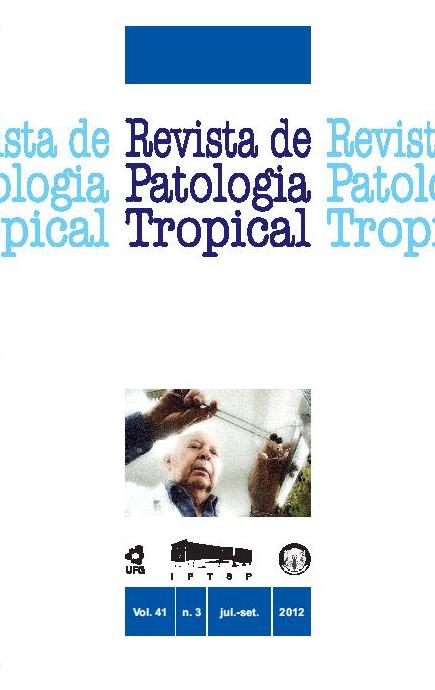Parasitological analysis in effluents from wastewater treatment plants
DOI:
https://doi.org/10.5216/rpt.v41i3.20752Keywords:
Helminths, Water reuse, Wastewater treatment, Public health.Abstract
The reuse of treated wastewater in agriculture has been established worldwide as a way to mitigate the decreased availability of good quality water in the world. However, this practice presents public health risks due to pathogens that maycan survive in sewage. Among these pathogens, the WHO highlights protozoa and helminths that parasites man. The present work aimed to detect the presence of intestinal parasites of public health importance present in treated sewage and to verify the potential risks in accordance to WHO guidelines. Effluent samples were collected from two treatment plants located in the city of Piracicaba – SP. The average helminth eggs for the study
period in the treatment plants CECAP and Piracicamirim was 3.78 and 0.89 eggs/L, respectively. Therefore, effluents from the CECAP meet the conditions of reuse contemplated in category C and the Piracicamirim station comply with the conditions of reuse contemplated in categories A and B, in which, according to the WHO guidelines values ? 1 egg/L are required.
Downloads
Downloads
How to Cite
Issue
Section
License
The manuscript submission must be accompanied by a letter signed by all authors stating the full name and email address, confirming that the material has not been published or is under consideration for publication elsewhere, and agreeing to transfer copyright in all media and formats for Journal of Tropical Pathology. The authors will not be paid for published articles. They are solely responsible for the content of those articles, even if the Editor holds the right to adjust them to the norms of the journal.
The reviewers will not be paid for the peer review process.

